Introduction: Catching the Reader's Eye
The allure of crotons lies in their vibrant and varied colors, making them one of the most striking tropical indoor plants available. Their stunning foliage, with colors ranging from bright yellow and orange to deep red and green, can transform any living space into a lively, cheerful environment. Perfect for houseplant enthusiasts and interior decorators alike, crotons can act as a central piece or an accent that elevates the aesthetic appeal of your home. Houseplants like the croton have become perennial favorites due to their capability to add an exotic touch and a burst of natural color to our otherwise monochrome interiors. Often touted as a testament to one's ability to maintain plant health, crotons are symbolic of beauty and complexity within the realm of home gardening. So, what makes crotons stand out in the world of houseplants, and how do you ensure they thrive in your home? Let’s dive deep into the essentials of croton care.Understanding Crotons

A. Origin and Characteristics
Crotons, known scientifically as Codiaeum variegatum, are native to the tropical forests of Southeast Asia. These plants are part of the Euphorbiaceae family, which comprises a wide range of flowering plants. Crotons are particularly cherished for their ornamental leaves that boast an array of patterns, shapes, and colors. These attributes make them immensely popular for both indoor and outdoor gardening in warmer climates. Crotons can grow up to 10 feet tall in their natural habitat, but when cultivated indoors, they generally reach a height of 2 to 4 feet, making them ideal for tabletop or mid-floor arrangements. Their leathery leaves can vary in size and shape, offering an array of design possibilities which are further complemented by their color-changing ability. This color transformation is often influenced by their exposure to sunlight and environmental conditions, showcasing nature’s palette in each leaf.B. Different Types of Crotons
Within the croton family, there are numerous cultivars, each boasting its own unique set of colors and patterns. Some popular varieties you might encounter include:1. Petra Croton
Perhaps the most common variety, Petra crotons are known for their striking green leaves streaked with gold, red, and orange veins. They have a classic look that fits well in both traditional and modern decor settings.2. Mammy Croton

3. Gold Dust Croton
This variety is characterized by its freckled appearance, with yellow dots spread across green leaves. They have a subtle yet playful appearance that is less visually overwhelming.4. Sunny Star Croton
With a more linear leaf structure and golden-yellow colors highlighted by green veins, Sunny Star crotons add a sleek and sophisticated touch to your indoor garden. Each croton type can be found in varying sizes at Plantology, along with detailed care instructions specific to each variety. Be sure to explore our online catalog to find the perfect croton for your home.Croton Care Essentials
A. Lighting Requirements
Crotons are sun lovers and require a good amount of bright, indirect light to maintain their vibrant colors. Place your crotons near windows facing east or west, ensuring they receive light for most of the day without being exposed to direct sunlight, which can scorch their leaves. If your home doesn’t naturally provide enough light, consider supplementing with grow lights to replicate the sun’s rays. This is especially beneficial during the darker months of the year. A successful setup ensures your crotons’ colors remain rich and dynamic, playing a crucial role in the plant’s photosynthesis process.B. Watering Techniques

C. Soil and Potting
Crotons thrive in well-draining, fertile soil with a slightly acidic to neutral pH range. Prepare a potting mix using equal parts of peat moss, coarse sand, and perlite or vermiculite. This mix offers the proper aeration and water retention needed for optimal croton growth. Transplant your crotons into larger pots as they mature to provide enough space for root expansion. Choose containers with drainage holes to prevent water accumulation at the base, ensuring long-term plant vitality. At Plantology, we offer a curated selection of pots designed to complement your croton's aesthetics while supporting its growth needs.D. Temperature and Humidity

E. Fertilization Practices
Feeding crotons with the right nutrients fosters robust growth and vibrant foliage. Employ a balanced, water-soluble fertilizer every 6-8 weeks from late spring to early autumn, which coincides with the plant’s growing season. The application should be reduced during the fall and winter months, as the croton enters dormancy and minimizes energy use. It’s vital to follow the manufacturer's instructions to avoid overfertilization, which can lead to leaf burn and damage. Gradually incorporate organic compost into the soil to supply trace minerals, promoting holistic nourishment.Common Croton Challenges and Solutions

A. Pests and Diseases
Though resilient, crotons can sometimes fall prey to pests like spider mites, mealybugs, and scale insects. Regularly inspect your plants for any signs of infestation, such as discolored leaves or webbing. If detected, wash the affected leaves with soapy water or use insecticidal soap to eliminate the pests. Additionally, crotons may encounter fungal infections like leaf spot or root rot. Ensuring proper air circulation, avoiding waterlogged soils, and trimming away any affected areas can help prevent the spread of disease.B. Handling Leaf Drop
Crotons are known for dropping leaves, primarily due to environmental stress or abrupt changes in conditions. This could include factors like moving the plant, temperature shifts, inadequate watering, or insufficient light. Attempt to maintain stable growing conditions, gradually introducing any necessary changes to minimize stress. If leaf drop still occurs, don’t panic. Allow the plant a period to adjust to its environment, and new growth should emerge once conditions stabilize. Keeping a journal to track any changes and modifications in care can provide valuable insights into your croton's health.Decorating with Crotons

Why Choose Plantology for Your Croton and Plant Needs
At Plantology, we believe that each plant tells its own story, from its origins to its care requirements and eventual pride of place in your home. Our selection of healthy, vibrant crotons guarantees satisfaction, whether you're a veteran plant lover or a beginner just starting on your green journey. Our intuitive online shop at Plantology USA showcases a wide range of houseplants, garden essentials, and accessories to suit your individual style and needs. Further, our expert-crafted guides and customer support ensure that your experience with us remains seamless and enriching.Conclusion: Cultivate Vibrancy in Your Home
Crotons represent the riotous elegance of nature, a testament to color and complexity wrapped in a single leaf. By following this comprehensive croton care guide, you can cultivate a flourishing, colorful oasis within your home and enjoy the tranquility and beauty they bring. Are you ready to incorporate more green beauty into your living space? Visit our carefully curated collection of plants like the Alexander Palm and Agape Lily that complement your crotons, adding layers of texture and life to your interior decor. Plantology is your trusted partner on this leafy journey, whether adding one croton or an entire garden's worth of variety. Embrace the vibrant adventure of croton care, and let Plantology guide you through every step. Happy planting!Creative Croton Pairings
A. Crotons and Minimalism

B. Bohemian Rhapsody
Conversely, in bohemian-style settings known for eclectic mixes of colors, patterns, and textures, crotons can further enhance the spirited aesthetic. Arrange a collection of Mammy crotons in colorful, hand-painted pots on a vintage macrame plant shelf. Interspersing these with trailing ivy or spider plants can create a sprawling, layered effect that mirrors the natural chaos often seen in bohemian designs. Complement the arrangement with decorative textiles such as woven rugs and cushions in earthy tones, synergizing the plants with the room's overall vibe.C. Coastal Chic Vibes
For those embracing coastal aesthetics characterized by blues, whites, and natural textures, Gold Dust crotons can inject a playful touch that reflects the casual, breezy ambiance of a beachside retreat. Pair these crotons with light wood and nautical-themed accessories like seashells or driftwood accents. Position them on windowsills where they can catch abundant sunlight, enhancing their vivid hues, which mirror a sunny day by the seaside. This creates a cohesive look that highlights the interplay between interior space and the natural world it seeks to emulate.The Science Behind Croton Colors

A. Anthocyanins and Carotenoids
Chlorophyll contributes to the green color of leaves, while other pigments, such as anthocyanins and carotenoids, produce reds, purples, and oranges. These pigments play different roles, including attracting pollinators or deterring herbivores. For example, anthocyanins are responsible for red and purple tones, providing a layer of protection from harsh sunlight, whereas carotenoids, producing yellow and orange hues, contribute to photosynthesis while stabilizing the plant's cell membranes.B. Environmental Influence
The plant's colors can shift depending on environmental factors such as light exposure, temperature, and nutrition. Increased sunlight typically intensifies the pigmentation, leading to bolder colors. This phenomenon can be leveraged by strategically positioning crotons in your home to achieve the desired vibrancy. Similarly, a croton under stress from extreme temperatures may display color changes as a response to adapt and protect itself, underscoring the importance of maintaining stable conditions for your plant's health.Crotons in Outdoor Gardens

A. Ideal Outdoor Conditions
In outdoor settings, crotons should be planted in areas receiving filtered sunlight or partial shade to prevent leaf scorch. The soil should be well-draining, yet moisture-retentive, often amended with organic matter to enhance fertility and structure. When planted alongside complementary shrubs and trees, crotons can provide a mosaic of color that persists throughout the year.B. Designing with Crotons Outdoor
Consider using crotons as hedges or border plants to define space and create visual interest within your garden. Clustering different varieties offers a sensational display of colors and forms, elevating the garden's aesthetic. Meanwhile, their structure can also create natural privacy screening without sacrificing beauty. In non-tropical regions, crotons can be housed in containers that allow flexibility in positioning and can be easily moved indoors during cooler months. This versatility renders them an appealing option for gardeners seeking year-round visual impact.Community and Croton Care
As you embark on your croton care journey, connecting with fellow plant enthusiasts can offer additional support and foster a shared appreciation for these colorful marvels. Consider joining local plant groups or online communities where members can exchange tips, troubleshooting experiences, and creative planting arrangements.A. Participating in Workshops

B. Engaging in Social Media
Platforms like Instagram and Pinterest abound with plant enthusiasts showcasing their gardening successes, challenges, and inspirations. Participating in these online communities not only keeps you informed of the latest trends in interior gardening but also inspires you to push the boundaries of your own plant collection creativity.Eco-Friendly Croton Practices
Sustainability is a growing concern in all areas of life, and plant care is no exception. Implementing eco-friendly practices ensures that your croton care routine not only benefits the health of your plants but also contributes to the well-being of the environment.A. Organic Fertilizers
Utilize natural fertilizers like compost tea, fish emulsion, or seaweed extract to nourish crotons. These organic alternatives reduce the reliance on synthetic fertilizers, which often contribute to soil degradation and environmental pollution. In the scope of sustainable gardening, composting plant clippings and kitchen waste present a closed-loop nutrient management system, feeding both your crotons and the broader ecosystem in which they live.B. Water Conservation

C. Repurposing and Recycling
Reduce waste by reusing old containers and pots for your crotons, decorating them for a refreshed look, or using them for propagation purposes. Be thoughtful in sourcing plant accessories, opting for recycled or sustainably produced materials that reflect your commitment to environmental responsibility.Celebrating the Croton Legacy
The croton's enduring allure lies in its diverse array of colors and ability to adapt to various environments, encapsulating both beauty and resilience. As both an ancient ornamental plant and a modern favorite, its rich history underscores its universal appeal, allowing countless generations to experience its charms.A. Crotons in Cultural Contexts
Throughout history, crotons have featured prominently in various cultures, often symbolizing vitality, prosperity, and protection. In tropical regions, they have been woven into local folklore and domestic rituals meant to imbue spaces with positive energy and vibrant life. Educating yourself on these cultural intersections can add a deeper appreciation for your crotons, transforming them from mere decor to meaningful treasures within your home.B. Modern Day Movement




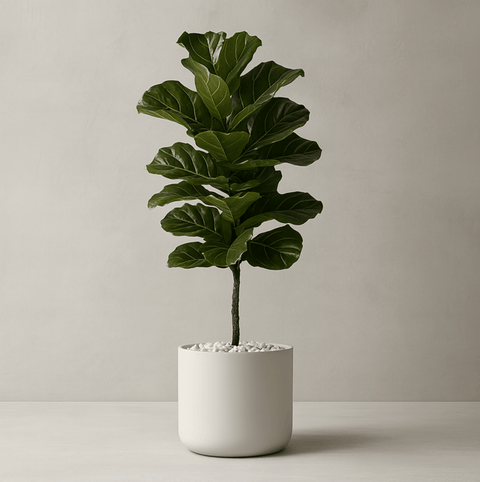
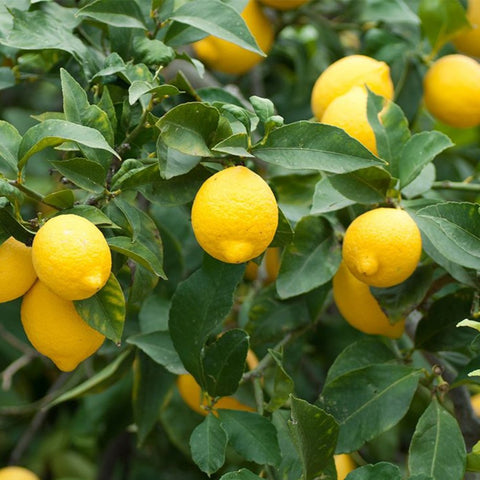
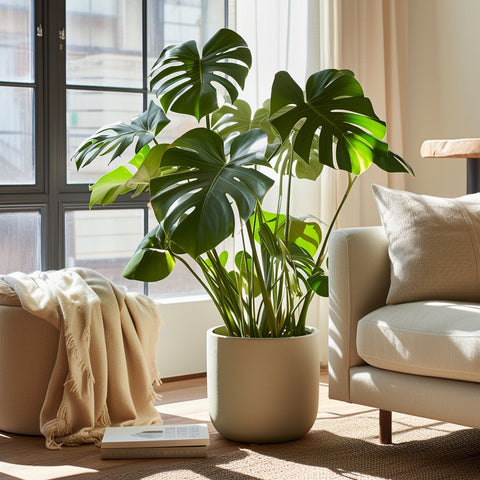
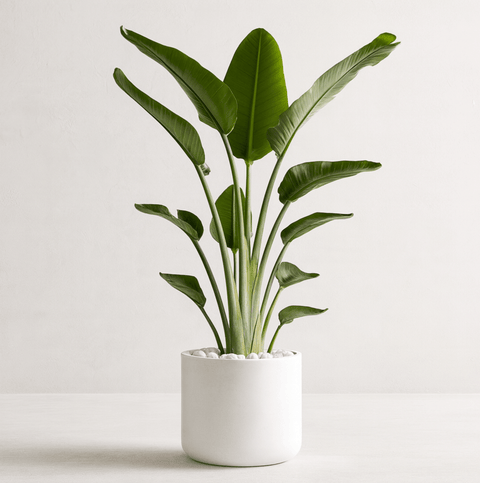
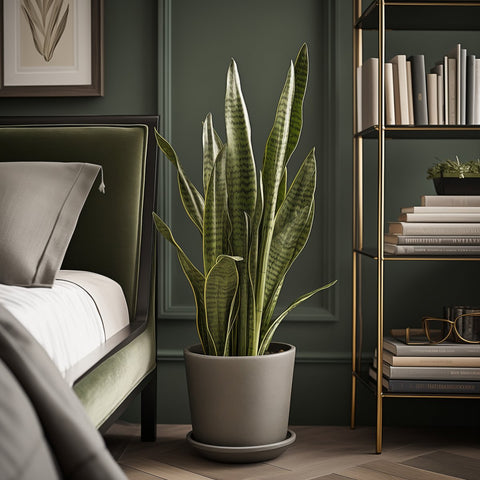
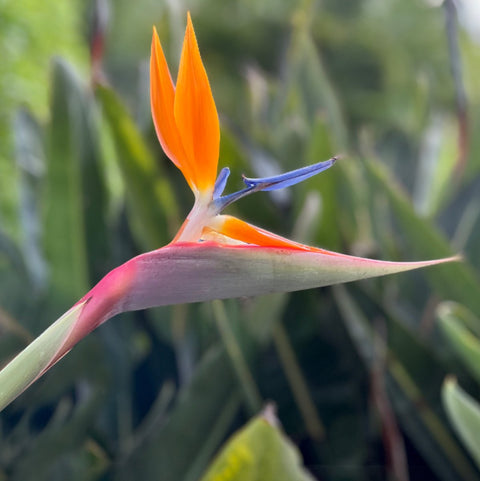

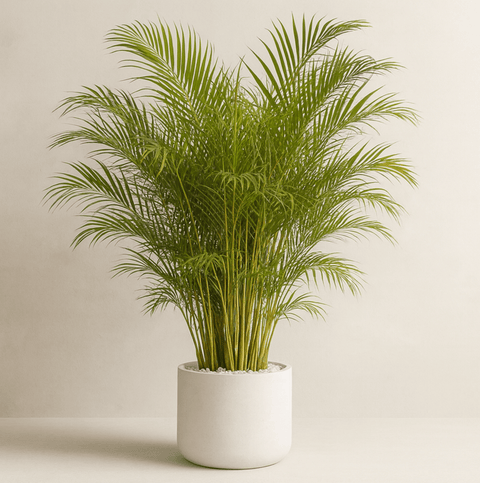


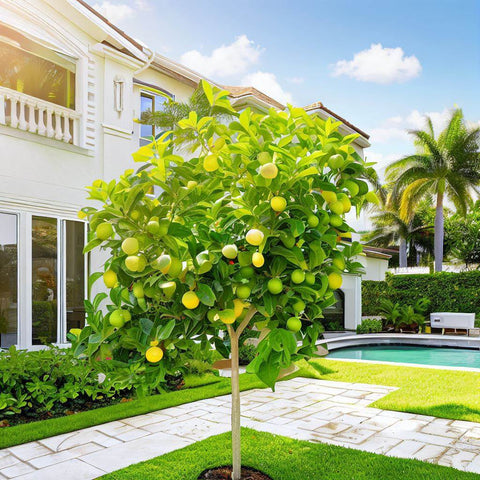



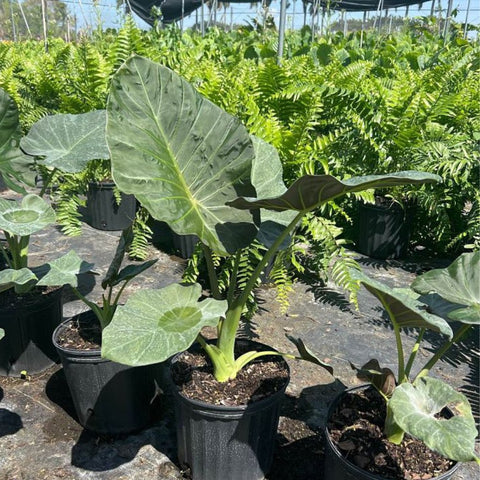
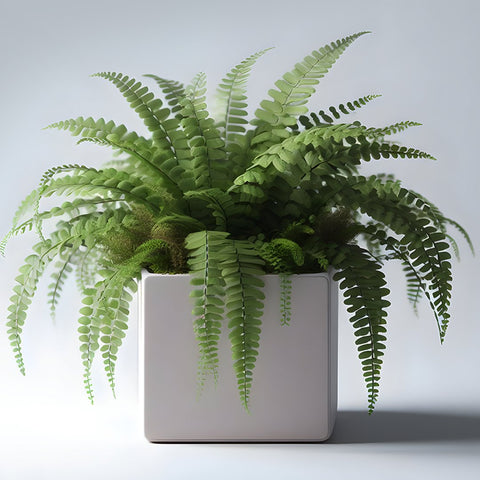
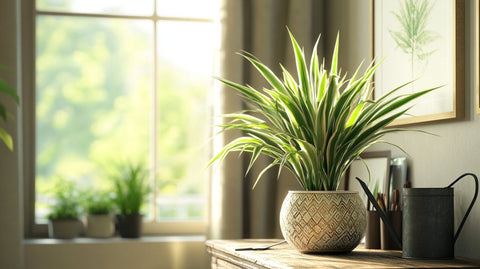
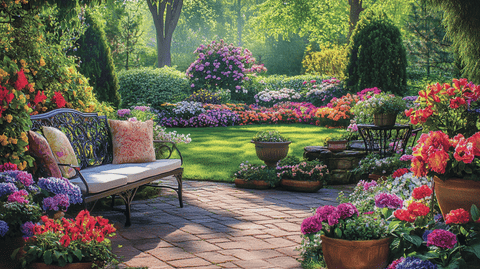

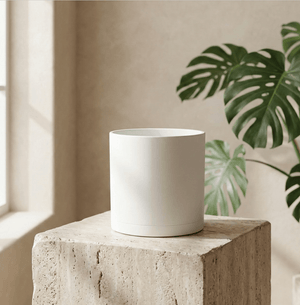
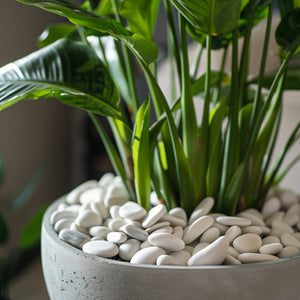

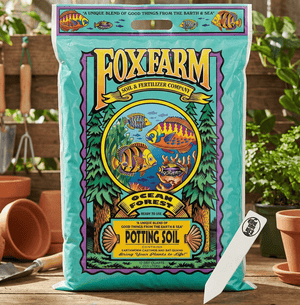
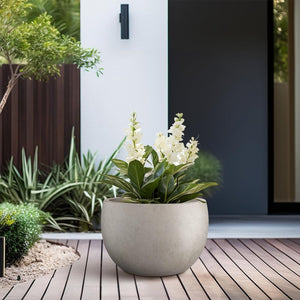



Comments (0)
There are no comments for this article. Be the first one to leave a message!